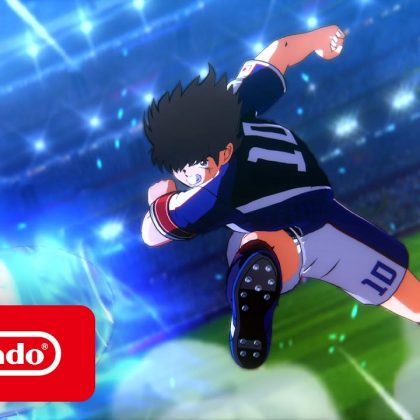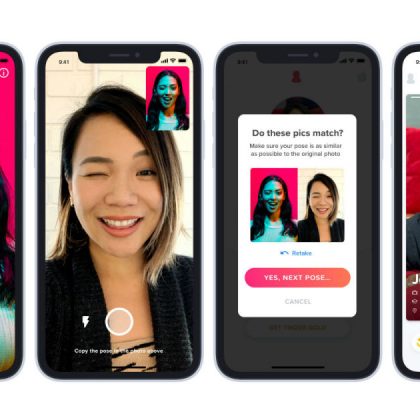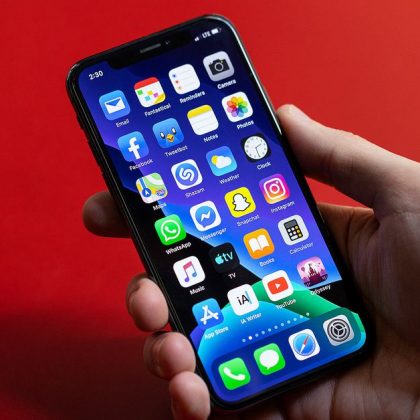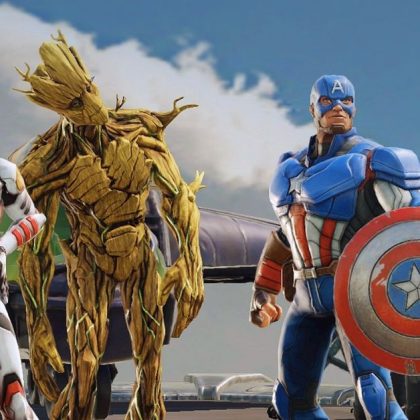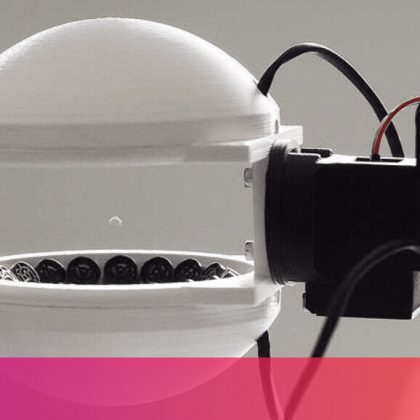Don’t look now, but there’s something on your shirt… and your arm, and your… well, everything. Microbes. They’re tiny little passengers that do all sorts of things, and most people tend to ignore them, or think they’re incredibly gross — but not Amanda Phingbodhipakkiya. Her newest exhibit, Community of Microbes, highlights eight invisible, microscopic communities in a wonderful celebration of color and science. Viewers can step into the space and use their phones to view the colorful, enlarged representations of microbes around them in AR. Phingbodhipakkiya connects two communities in a way very few can. Her background as both a scientist, researching Alzheimer’s at Columbia, and an artist allows her to communicate complex ideas in thoughtful engaging ways. She’s teamed up with microbiologist Anne Madden and The Cooper Union to bring the wonderfully weird world of the microscopic directly to your eyes, phones, and tablets. This interview has been lightly edited for clarity. How do you take a subject like microbes, which most people would think of in some kind of negative way, and turn it into something fun and accessible for people? That was the reason why I took on this topic because I knew it needed a rebrand in a way. There is such an opportunity to share the stories of all these different invisible little species that are funny and interesting in their own way. So for example, in our gut there, there’s a microbe that goes into other microbes, multiplies and explodes. It’s like so savage down there. But if you can wrap it with color and story, and make it so that these microbes become these characters that you can kind of empathize and understand, then there’s opportunity for people to see the wonder in science. What do you see as some of the strongest links between art and science? I very much think art and design and science are ways to understand the world. There are different methodologies and processes and different outcomes. But we’re all really just trying to better understand our human experience. It’s like we’re trying to look inside our brains and understand how the blood flows so that we can understand activation or go even deeper and look at nerve cells, but also we’re trying to understand how connection works. And all of those things can be approached for many different ways. I think we can all embrace the different ways that we sort of approach understanding a little more. What can each community learn from the other? I think what is helpful is to step into each other’s worlds. Like really step into it — so for an artist and designer, go visit the lab and understand what tests are being run, understand the science behind now, all of these things that perhaps you haven’t even considered the way things work. But I think involving each other in the process of creation, and in the process of innovation, and understanding that both fields have a high degree of creativity
Read More
08November

